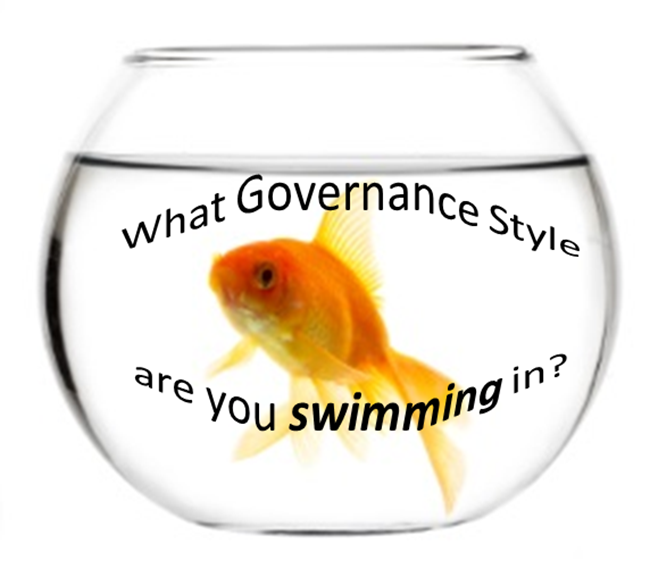Collaborative Governance
Governance does not have to be an awkward and unmanageable term or concept. In fact, applying a governance strategy can be a very intuitive exercise if one understands the components of actors, styles, footprints and frameworks.
Collaborative Governance�is becoming a necessity as many diverse organizations are needed to resolve complex social issues, such as watershed management. But as these organizations converge, it usually results in the governance paradox. The Governance Paradox�states: Resolving complex social issues (such as watershed management) requires involvement from numerous diverse organizations, yet when they converge around an issue new conflicts and an increase in confusion and inefficiencies arise.
To address the governance paradox and to design a functioning Collaborative Governance Framework one must know the governance of their organizations and that of other collaborators.
eisentabletten hochdosiert online bestellen by Onfy
Ag Resource Strategies, LLC has developed a fun, yes, a fun way to learn about collaborate governance with an exercise called �What Governance Style do you Swim In?� 
With this approach, all members of an organization become familiar with governance terms, concepts and usage as the organizational leaders build the optimum governance framework. This exercise can then be applied to the 7-Step Process toward adopting the legal governance arrangement that best fits the collaboration.
Step 1
Create an online Collaborative Governance Project and list all the potential LGUs/Entities to be involved in the governance arrangement.
Step 2
Each entity lists their personnel and their expertise. This roster generates governance �personality test� survey and introduces the three governance styles:
- �Hierarchy
- �Market
- �Network
Step 2 creates an expertise roster and the �governance footprint� for each entity.
Step 3
Leaders gather to discuss each entity�s �footprints�, potential governance sticking points and areas of natural compatibility. The three network governance options are reviewed to set the stage to �negotiate� shared services, funding processes and other legal issues.
Step 4
Entities meet independently to discuss Step 3 findings and results and complete draft shared services templates.
Step 5
Leaders meet as a group to negotiate share services and evaluate the three network governance options:
- �Lead�facilitated by one internal entity
- �Administrative�facilitated by an external entity
- �Participant�facilitated by multiple internal entities
The three network governance options are discussed relative to the two types of legal joint power arrangements.
Step 6
Propose and Adopt structure
Step 7
Revisit and amend shared service templates as funding, projects, staff and entities evolve over time.
Timeline
Steps 1-4 can be completed in a relatively short timeframe as it is dependent on completing surveys, compiling information and initial discussion. Steps 5-7 are on-going processes and will vary greatly in their timeframe for each type of collaboration.
�A successful governance strategy will be as unique as the resources, organizations, funding sources and professionals involved in the collaborate effort.
Contact Tim Gieseke, President, AgRS for further details.
507-359-1889
|






